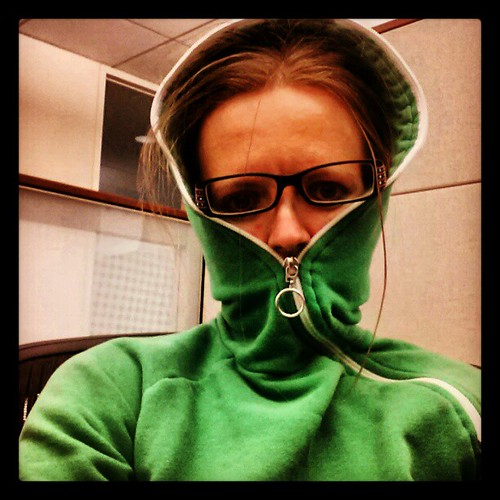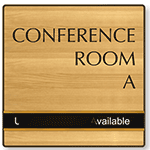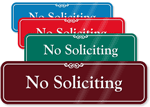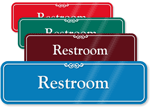Your freezing office is killing productivity
Can’t seem to concentrate because you’re shivering in your chair while your co-worker a few cubicles away is sweating bullets? It could be the symptoms of meeting an impossible deadline, but more often than not, it is just an effect of bad building design.
A combination of factors is responsible for situations in which a few employees shiver in cold while others sweat. They include lack of temperature-control due to insufficient thermostats, improper natural ventilation, and differences in how we feel the temperature (this is especially the case between men and women).
According to the Environmental Protection Agency, the feeling of acute discomfort but no particular illness by occupants of a building is called “sick building syndrome.” Unsurprisingly, most people report immediate relief soon after they leave the building.

Employees clad in sweaters are a common sight in offices alien to temperature control during the summer season. From shockinglytasty.
How temperature affects productivity and health
Besides causing discomfort, freezing offices also lower employee productivity and trigger health issues. Fast Company explains, “When our body’s temperature drops, we expend energy keeping ourselves warm, making less energy available for concentration, inspiration, and insight.”
Cornell University’s research shows that altering the temperature to a specific point can affect work positively. The study revealed that raising the temperature from 68⁰F to 77⁰F caused typing errors to go down by 44 percent while the output rose by 150 percent. Similarly, the error rate at 77⁰ was 10 percent, while it was 25 percent at 68⁰.
The adverse effects of central cooling systems on health have also been indicated in another study. Findings published in the International Journal of Epidemiology reveal that occupants of buildings with air conditioning systems exhibit symptoms of irritation, breathing difficulties, irritated skin, and constitutional/neurological symptoms at a greater rate than the occupants of buildings that have natural ventilation.
Increased energy consumption calls for building renovations
Heat, Ventilation, and Air Conditioning (HVAC) also increase a building’s operational cost. This can be solved by making careful structural changes that assist natural ventilation and incorporate other energy-efficient designs.
The good news here is that 75 percent of all buildings will have to be either renovated or newly constructed by the year 2035 to make them more energy efficient, thereby reducing costs and greenhouse emissions.
Meanwhile, GSA (General Service Administration) estimates that a two-degree rise in the temperature inside a federal building can save the government $1.87 million per year. Additionally, increasing the amount of daylight and upgrading the windows inside the federal buildings can save 118.1 million and 127.5 million kilo watt per hour/year respectively.
Research at Carnegie Mellon University found an 11 percent increase in the productivity of workers when ventilation at the workplace was improved, enabling the entry of more fresh air inside. Similarly, an overall improvement in organizational productivity was seen when individuals were given access to the natural environment through daylight and operable windows.
Category: New Products, Office courtesy















